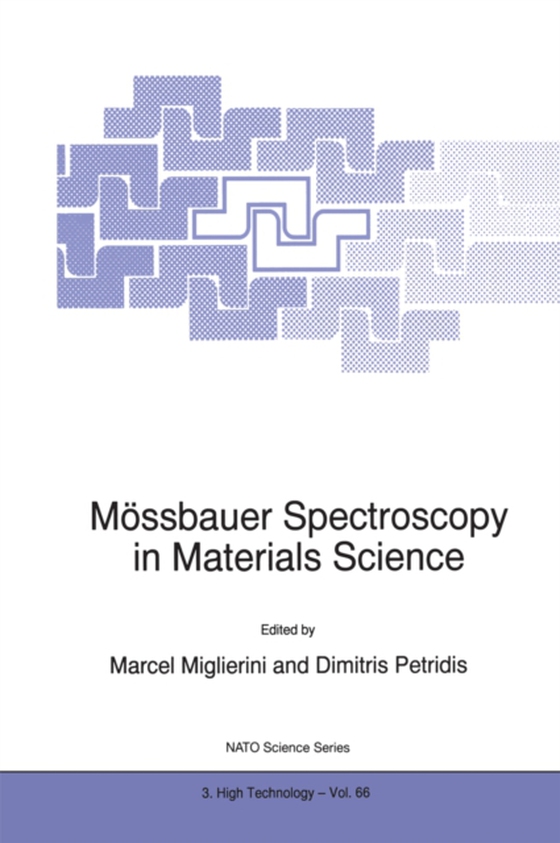
Mossbauer Spectroscopy in Materials Science e-bog
875,33 DKK
(inkl. moms 1094,16 DKK)
Material science is one of the most evolving fields of human activities. Invention and consequent introduction of new materials for practical and/or technological purposes requires as complete knowledge of the physical, chemical, and structural properties as possible to ensure proper and optimal usage of their new features. In order to understand the macroscopic behaviour, one has to search for...
E-bog
875,33 DKK
Forlag
Springer
Udgivet
11 november 2013
Genrer
PDD
Sprog
English
Format
pdf
Beskyttelse
LCP
ISBN
9789401145480
Material science is one of the most evolving fields of human activities. Invention and consequent introduction of new materials for practical and/or technological purposes requires as complete knowledge of the physical, chemical, and structural properties as possible to ensure proper and optimal usage of their new features. In order to understand the macroscopic behaviour, one has to search for their origin on a microscopic level. A good deal of microscopic information can be obtained through hyperfine interactions. Mossbauer spectroscopy offers a unique possibility for hyperfine interaction studies via probing the nearest order of resonant atoms. Materials which contain the respective isotope as one of the constituent elements (e.g., iron, tin, ... ) but also those which even do not contain them can be investigated. In the latter case, the probe atoms are incorporated into the material of interest in minor quantities (ca. 0.1 at. %) to act as probes on a nuclear level. This Workshop has covered the most evolving topics in the field of Mossbauer spectroscopy applied to materials science. During four working days, SO participants from 19 countries discussed the following areas: Chemisliy, Mineralogy and Metallurgy, Artificia/~y Structured Materials, Nanosized Materials and Quasicrvstals. and Experimental Techniques and Data Processing. A total of 42 contributions (30 keynote talks) reviewed the current state of art of the method, its applications for technical purposes, as well as trends and perspectives. A total of 39 papers are included in the present volume. Applications in Chemisfr\'.
 Dansk
Dansk

